Content

Composite tanks for wastewater treatment: Principles and applications
Update: 05/06/2023
Share:




What is a composite wastewater treatment tank?
A composite wastewater treatment tank is a device used to remove pollutants, bacteria, impurities in domestic wastewater, hospitals, schools, manufacturing plants, etc. The treated water is safe and can be discharged into receiving sources without causing pollution.
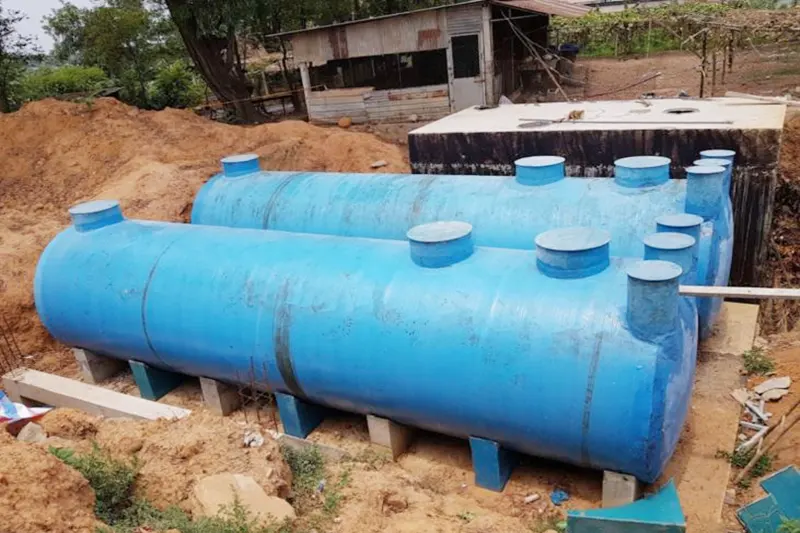
The composite wastewater treatment tank is considered one of the solutions that help investors optimize operational efficiency and costs. The equipment has the ability to treat wastewater well, with low investment or usage costs. Additionally, the construction time is quick, saving construction space.
Structure of composite tanks
Composite tanks are made from FRP plastic and coated with a layer of composite on the outside. Therefore, the equipment has a long lifespan, can resist corrosion from acids or solvents.
Composite tanks are considered reliable, ensuring quality during operation. Therefore, investors can use them with peace of mind.

The tank structure is made from imported fiberglass. Therefore, the equipment has a high lifespan, excellent impact and corrosion resistance.
Types of composite wastewater treatment tanks
Composite tanks are made from materials similar to other types of fish tanks, acid tanks, etc. However, to be suitable for their intended use, some additional accessories need to be equipped such as center pipes, sawtooth troughs to match the installation location and enhance efficiency.
In reality, there are many different types of composite wastewater treatment tanks in terms of area, shape to suit various purposes. Specifically:
- Round column treatment tanks.
- Composite wastewater treatment tanks with 4 square compartments.
- Center-type composite treatment tanks.
- Cone-shaped tanks.
- Ion exchange tanks.
- Sedimentation tanks.
Advantages and disadvantages of composite wastewater treatment tanks
Advantages
- Simple design, easy to use, saves installation and operation time.
- High durability, excellent corrosion, heat, and pressure resistance.
- Suitable for various types of wastewater sources.
- Minimize the risk of leakage.
- Modern design, high aesthetic value.
- Relatively low cost, less prone to malfunctions or damage during use.
- Suitable for all installation terrains.
Disadvantages
- Composite plastic material cannot be recycled.
- Although the durability is considered good, it is still not comparable to tanks made of iron or steel.
Principle of composite wastewater treatment tanks
Aeration tank
This tank functions to remove nitrogen and some organic matter in wastewater. The tank is equipped with an air distribution system at the bottom of the tank. This helps to reduce the risk of biological sludge settling, thereby increasing the uniformity of wastewater.
Anoxic tank
The anoxic tank uses microbial carriers to increase the activity density of sludge. This creates a favorable environment for anaerobic microorganisms to grow and develop rapidly. As a result, the efficiency of organic matter treatment is significantly improved.
The operation of the anoxic tank depends on the air distribution system installed at the bottom of the tank. Therefore, organic matter, nutrients in the water under the influence of microorganisms will be converted into water and CO2 gas.
Sedimentation tank
The sedimentation tank separates the sludge and sediment generated from the anoxic tank from the treated water. Here, the sludge will be circulated to the anoxic tank to help remove nitrogen gas in the wastewater.
In addition, the sedimentation tank also processes excess sludge out of the tank. This helps maintain activity in the tank.
Disinfection tank
In this tank, a certain amount of chemical is added to the wastewater according to the permitted concentration. This helps to kill all bacteria, parasites, and pathogens in the wastewater.
Sludge storage tank
In addition to the above 4 compartments, there is another sludge storage tank that stores excess sludge. When it reaches a certain level, it will be collected and treated separately.
Applications of composite tanks in wastewater treatment
- Wastewater treatment at hotels, resorts.
- Wastewater treatment at restaurants, eateries.
- Domestic wastewater treatment for apartment buildings, households in cities, towns.
- Wastewater treatment for schools, hospitals.
- Wastewater treatment for medium and small-scale industrial facilities.
The above is the sharing of experts from Toan A JSC about composite wastewater treatment tanks. Hopefully, it has helped you understand the basic information about this equipment and choose the most suitable solution for the characteristics of the wastewater source. If you need to build and design composite wastewater treatment tanks, please call the hotline 0913.543.469 for immediate advice.
Update: 05/06/2023
Share:




Related news
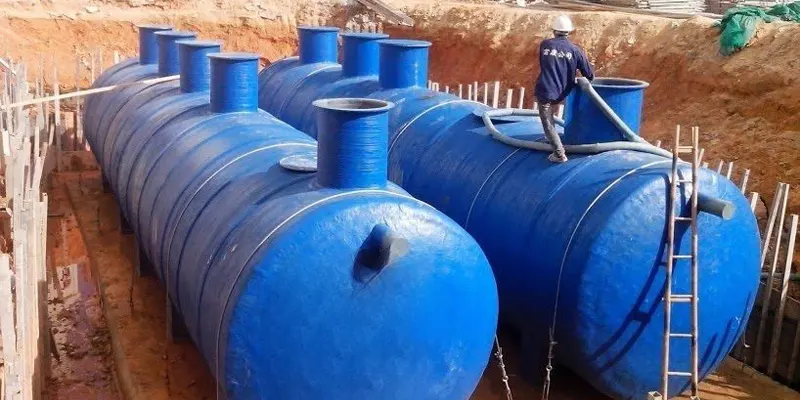
Subsurface Wastewater Treatment System: Structure, Benefits, and Operation Notes
Underground wastewater treatment tank is one of the relatively effective solutions for industrial and domestic wastewater treatment. This facility not only has high efficiency in treating wastewater but also saves space. Therefore, it is widely applied in some areas nowadays. So, what is an underground wastewater treatment tank? Let's find out in the following article:
Created at: 09/06/2023
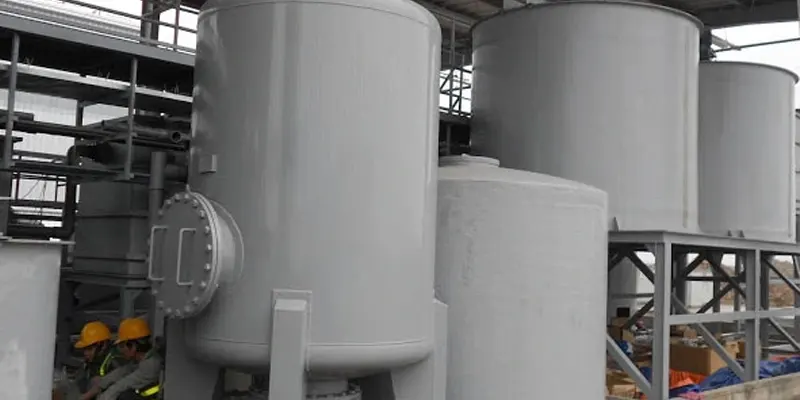
A chemical storage tank for wastewater treatment is a container used to store chemicals that are used in the treatment of wastewater. There are several types of chemical storage tanks commonly used in wastewater treatment facilities, including: 1. Polyet
Chemical storage tanks are essential equipment in the process of wastewater treatment. They play a crucial role in storing and safeguarding chemicals prior to their application. This practice ensures that the quality of the chemicals remains intact and prevents any degradation. To understand more about chemical storage tanks, it is important to explore the various types of tanks available and their respective uses. Let's delve into the details in the article below.
Created at: 06/06/2023
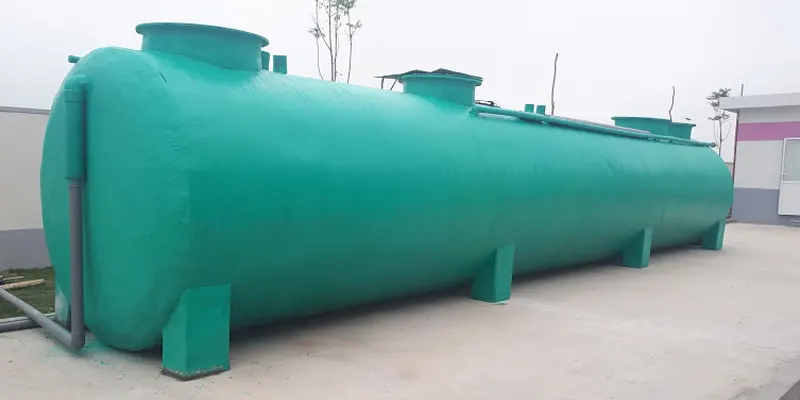
Composite tanks for wastewater treatment: Principles and applications
Composite tanks for wastewater treatment are specialized devices designed to bring maximum efficiency to investors. These tanks are capable of effectively treating pollution while also helping to reduce costs. But what exactly are composite tanks? In this article, we will explore their structure, functions, types, advantages, disadvantages, and applications.
Created at: 05/06/2023






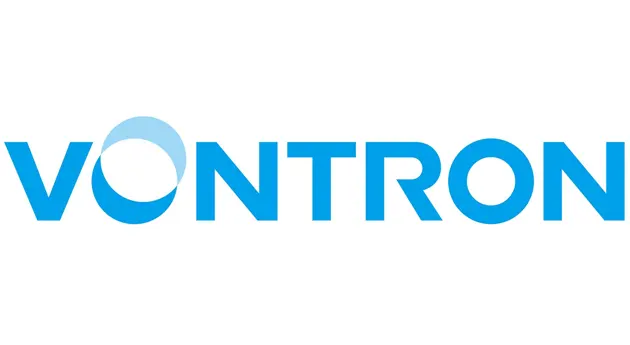
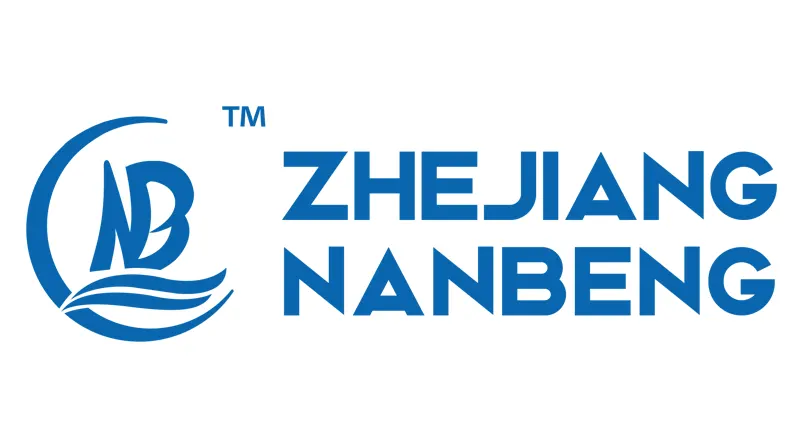


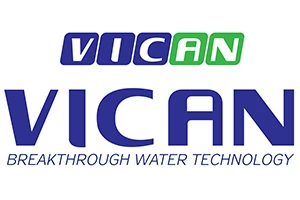
















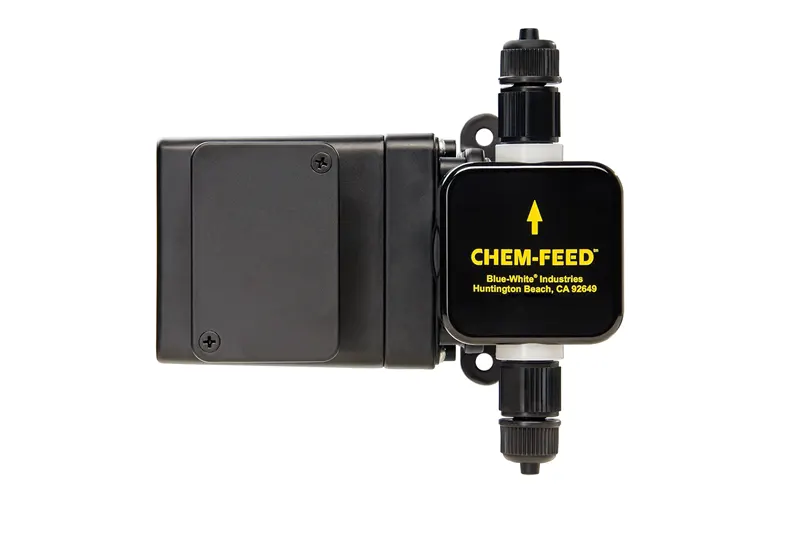





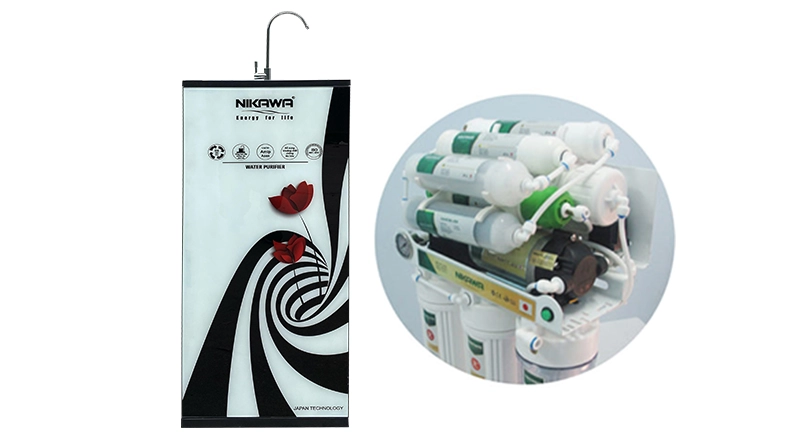
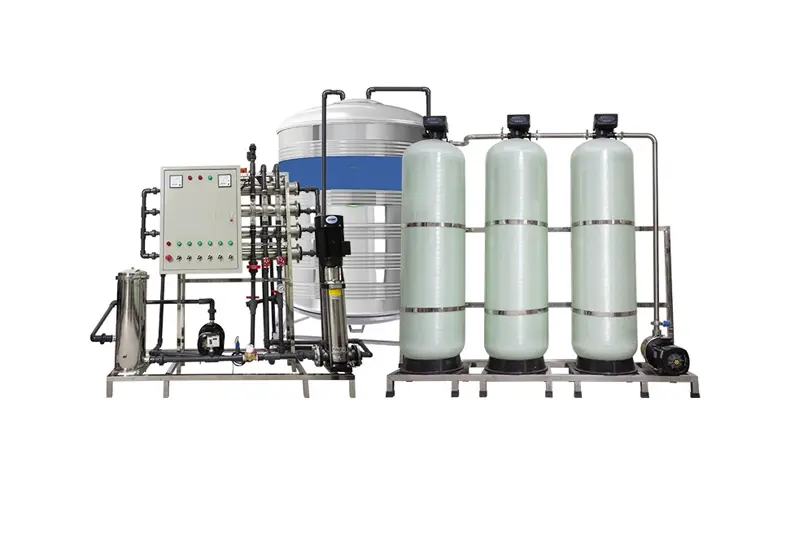
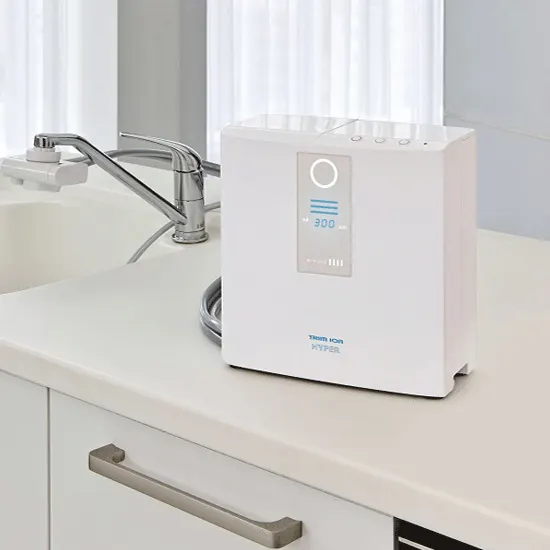
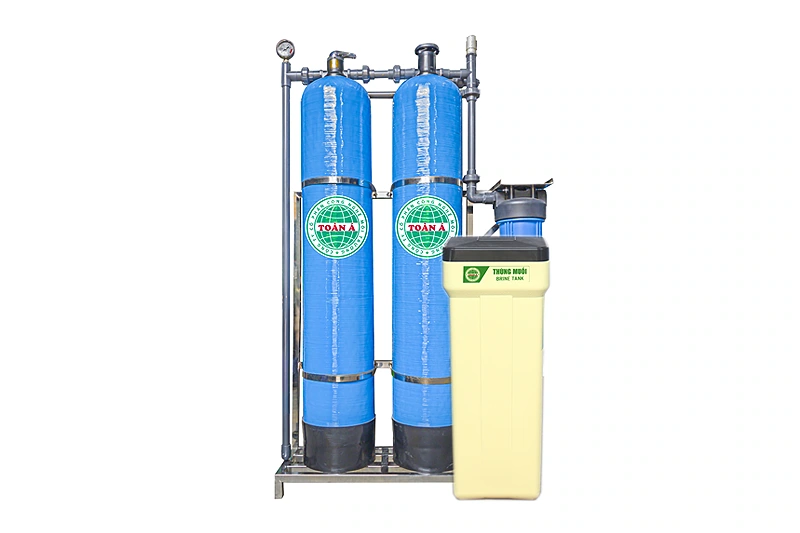


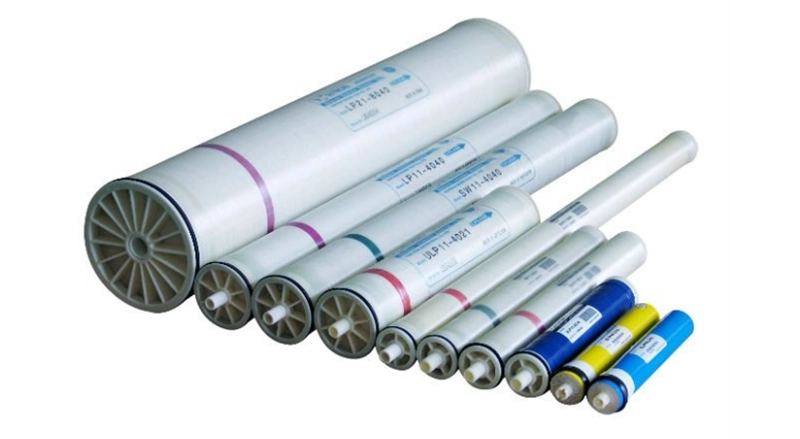
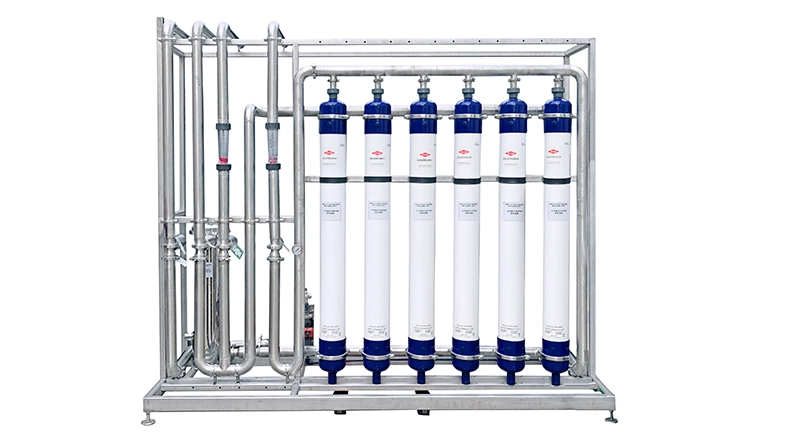


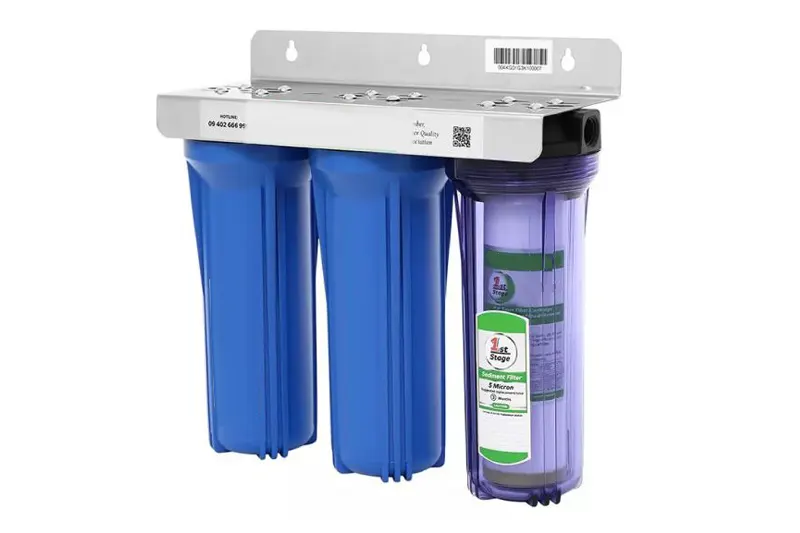

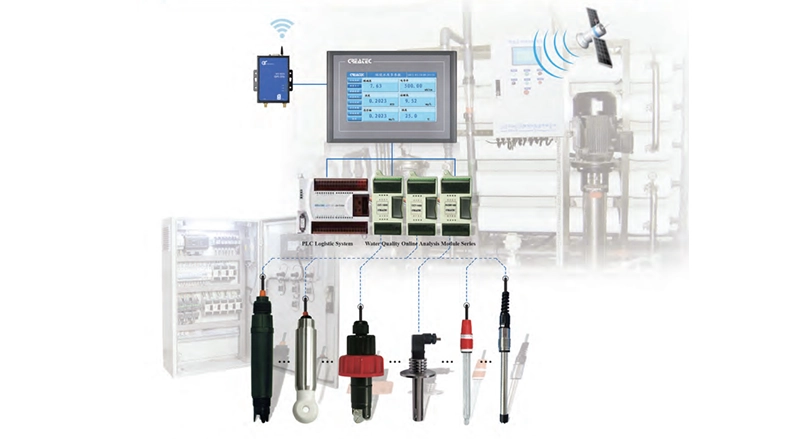
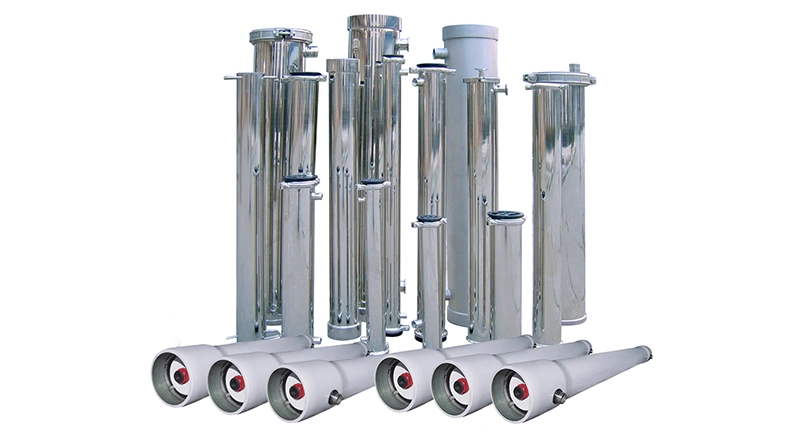
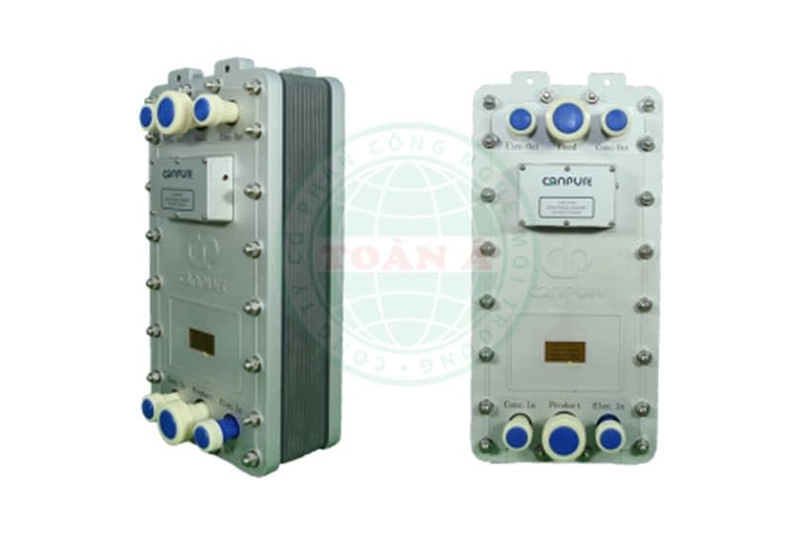
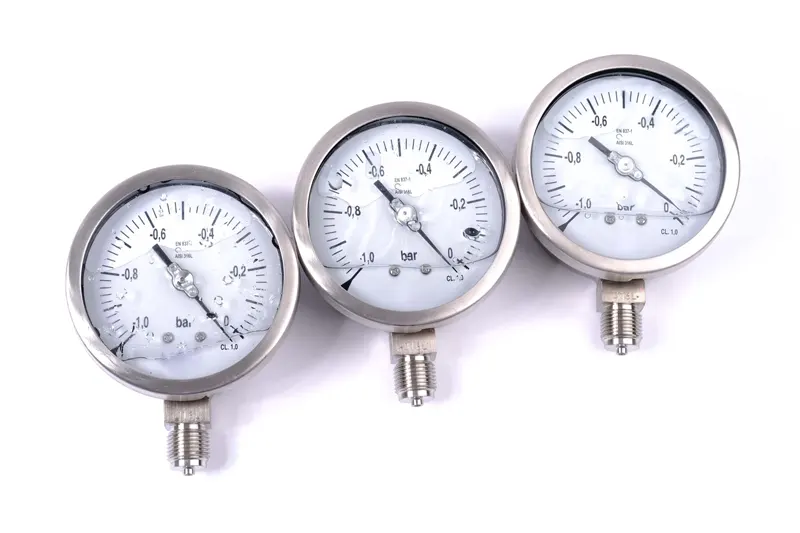
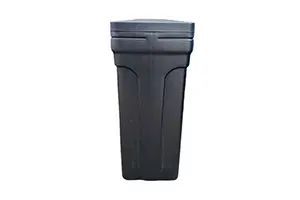


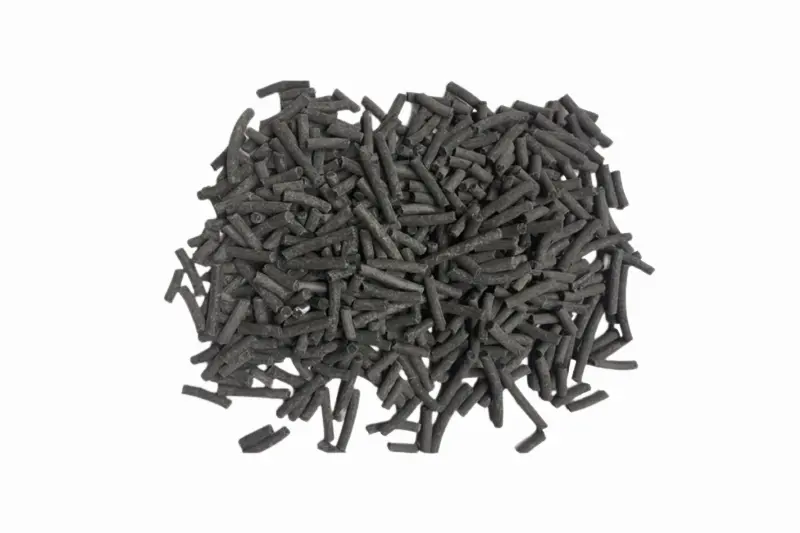
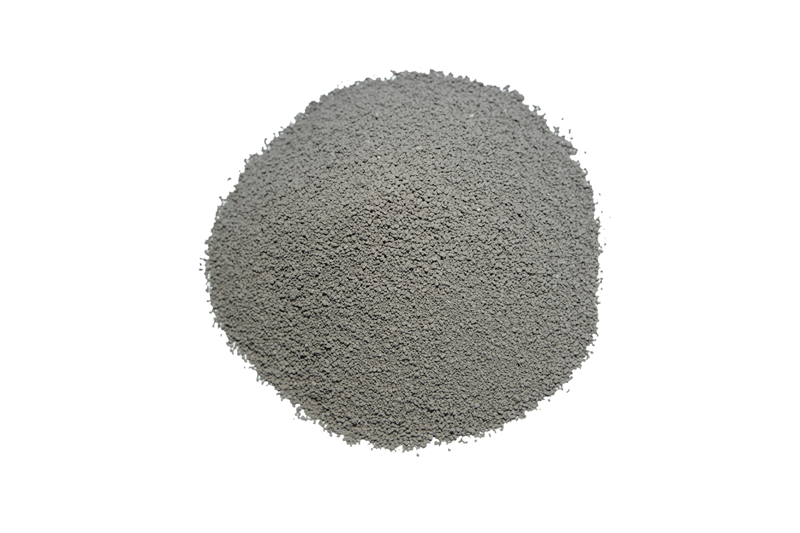
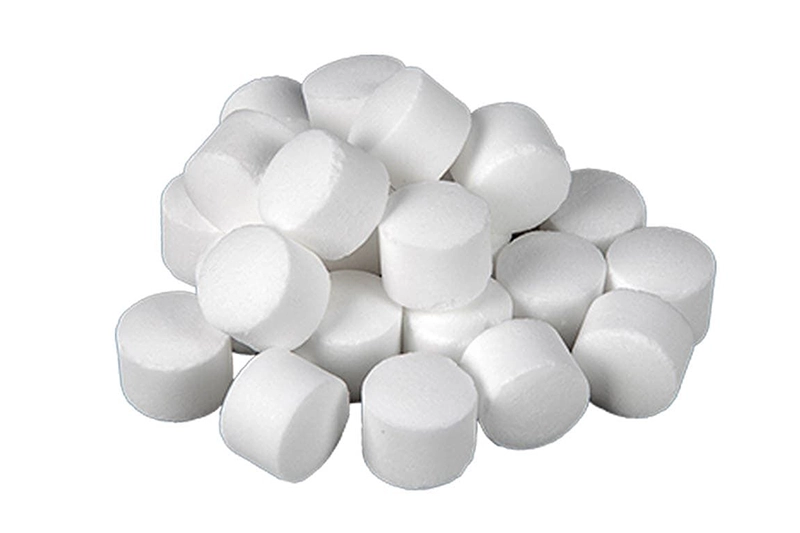
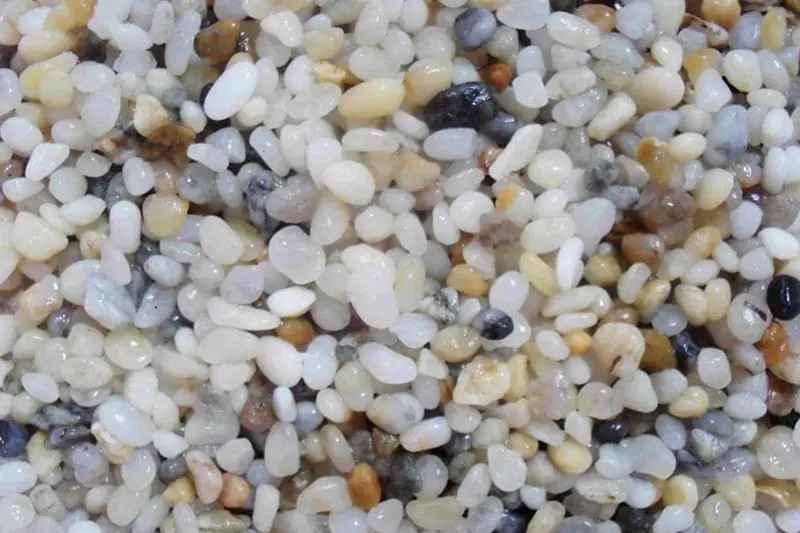
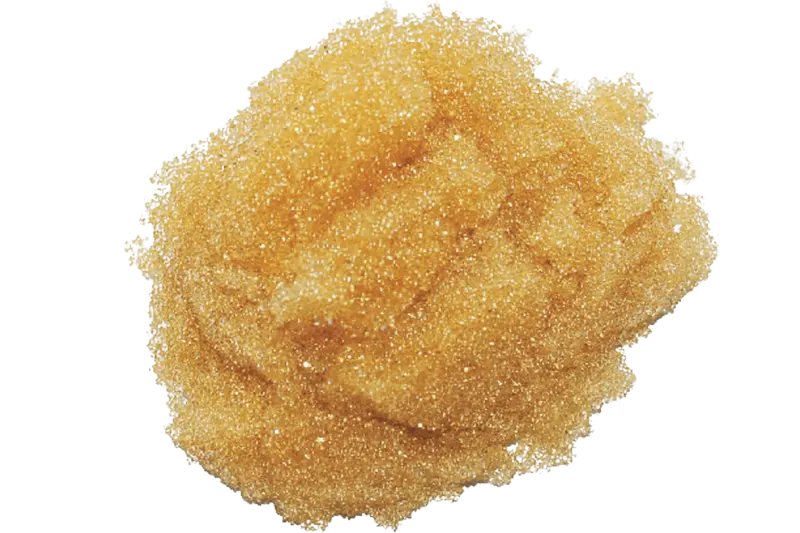





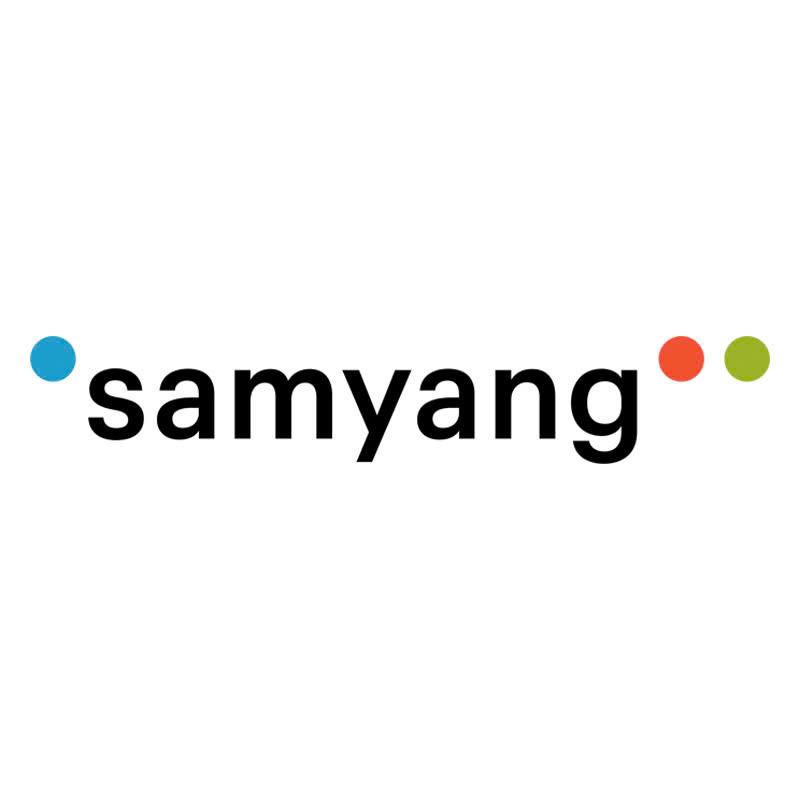
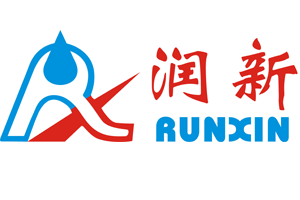

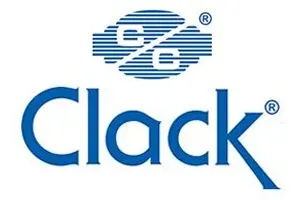
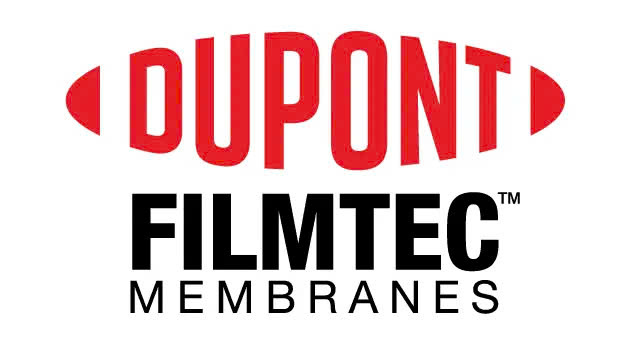
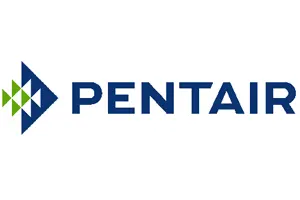
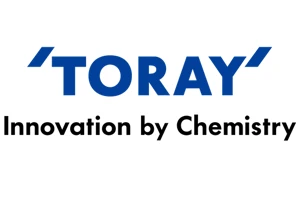

 Water Filter Columns
Water Filter Columns
 Water Filtration Membranes
Water Filtration Membranes
 Control Valves
Control Valves
 Water Filter Cartridges
Water Filter Cartridges
 Water Pumps
Water Pumps
 Water Filtration Equipment
Water Filtration Equipment
 Water Filtration Components
Water Filtration Components
 Water Filtration Materials
Water Filtration Materials
 Heat Pump Water Heaters
Heat Pump Water Heaters



 Products
Products  Solutions
Solutions  Project
Project  News
News